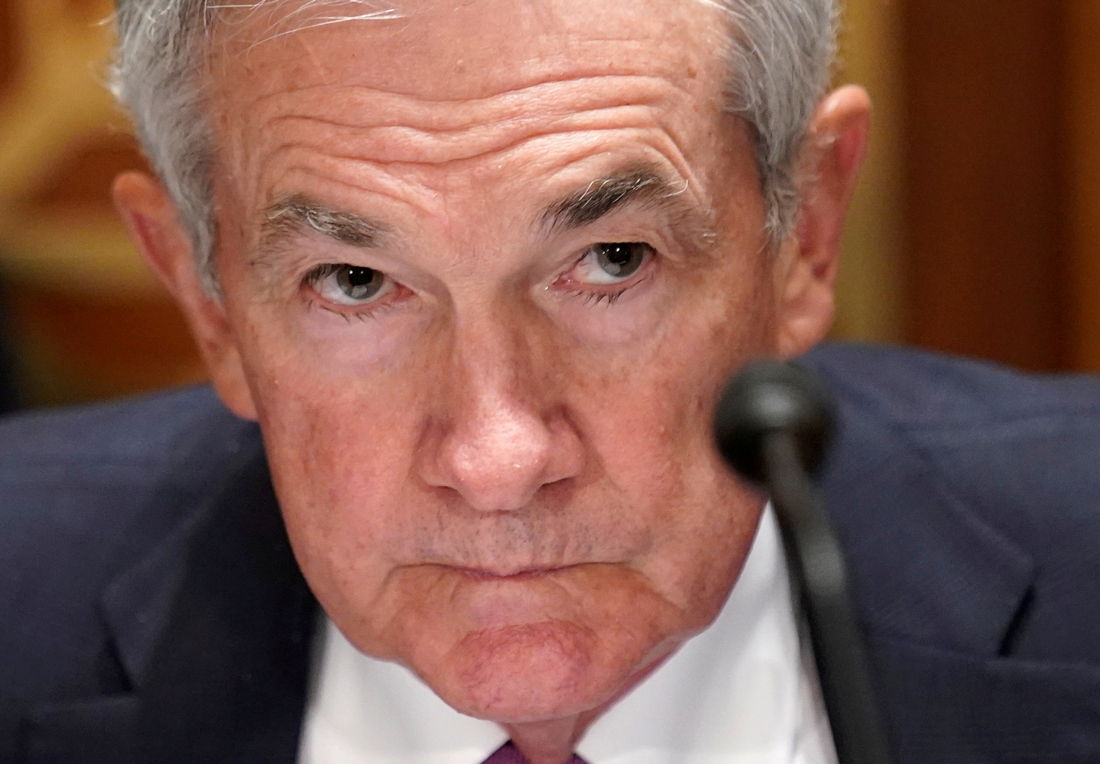The Fed will phase out the $120 billion monthly monetary stimulus by the end of this year. There is no rate hike yet.
–
It is the speech at the financial high mass in Jackson Hole that is most anticipated every year, that of Jerome Powell, the chairman of the US central bank. Also on the second online edition, he traditionally spoke about the economic situation and his plans for monetary policy. The main question was whether, with the current inflation rate of 5.4 percent, the lenient policy is still justifiable. The Fed is targeting an inflation rate of 2 percent. Critics say the Fed is fueling inflation too much due to massive bond purchases.
Powell gave the answer that the markets had expected: no, inflation is not a concern and there is no question of a rate hike yet. But he did confirm that the very accommodative monetary policy has had its day. The Fed will begin to phase out bond purchases of $120 billion a month by the end of this year. Tapering, that’s called in the jargon.
The Federal Reserve is expected to provide a concrete timeline for the phasing out at its next meeting on September 21-22. Purchases were also gradually reduced in previous tapering periods. ‘The timing and speed of that reduction is not an indication of when interest rates will be raised.’ The chairman thus hinted that after the tapering an immediate interest rate hike. Since the corona crisis, the Fed has doubled its balance sheet to $8.4 trillion via monetary stimuli.
On high inflation, Powell maintained that the current inflation spike is temporary. In the longer term, inflation will evolve to 2 percent. He says the first signs are that some price increases for durable goods are stabilizing. Powell cited the example of second-hand cars, which had risen sharply in price. He says the peak seems to have been reached. The feared wage price spiral, in which wages rise faster than productivity, leading to ever-higher prices, is also unlikely for the time being, according to the Fed. Powell does indicate that the Fed is closely monitoring this.
On the one hand, on the other
Powell also gave a typical one-sided speech where he listed strengths and weaknesses of the economic recovery. While the recovery is strong and the labor market is improving, unemployment is still higher than before the crisis and some service sectors are lagging behind. He also said the labor market recovery is not yet inclusive, as Hispanics and African Americans are hit harder by unemployment. In addition to inflation, full employment is the second condition for raising interest rates. The stock markets moved slightly higher after the speech.
– .


